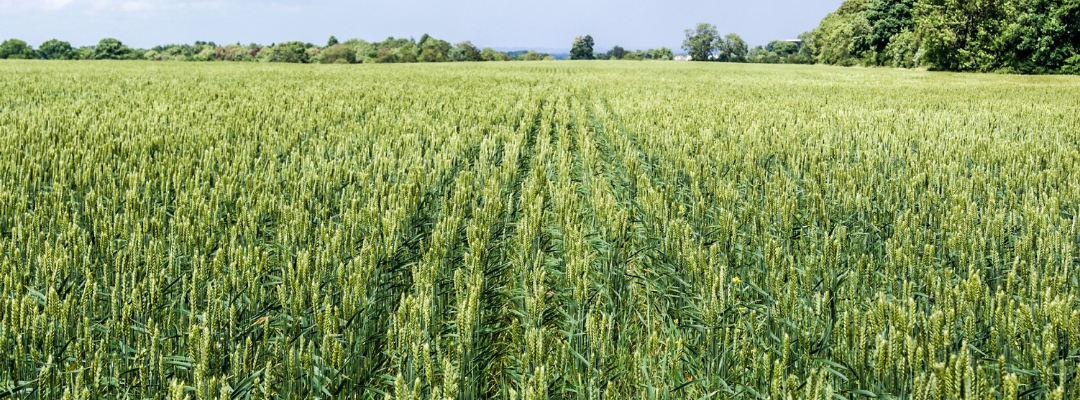We often use Farm Policy Thursdays at Southern Ag Today to address questions we’ve been hearing, either from producers or from the general public. Today is no exception. With all the talk about low crop prices and high input costs, we increasingly are getting questions like these: “If farmers are projected to lose money this year, then why plant anything? And, isn’t the market telling them there’s too much supply and they should plant less?”
On the surface, those are pretty simple and relatable questions. But, as with most things in agriculture, the answer is much more complex.
- If a farmer has sufficient cash on which to live and no debt to service, that might work. But, unless that applies to you or you have a job off the farm that provides supplemental income, shutting down would be guaranteeing no income for the farm/family for the year.
- U.S. farmers must also contend with the fact that they operate in a global market. If U.S. farmers were to simply sit out this growing season, how would the rest of the world respond? Would they also idle their operations, allowing prices to rise so that everyone could enjoy higher prices together? Of course not. While we could fill pages on this topic, the bottom line is that prices would certainly rise, but other countries would likely ratchet up their production to take advantage of those prices at the expense of U.S. farmers.
- Perhaps the most important factor is that farmers are eternal optimists. After all, they are putting a seed in the ground in hopes that sufficient rain will fall for the seed to germinate. They then spend months tending to plants to ensure that weeds and insects don’t choke the plant out. Many spend the rest of the time praying that hail, floods, snow, and hurricanes—you name the disaster—won’t leave the crop in tatters. With that same spirit, they also plant that crop in hopes that the market will turn around by harvest time so they can make enough money to pay off the banker and have enough left over to feed their families and start over again next year.
- Most farmers we know and work with have chosen that profession—in spite of all the risks and historically low returns—because they want to help their fellow man. Farming isn’t a job…it’s part of who they are. Simply sitting out a crop isn’t really in their DNA.
We suspect those answers would be followed by this question: “Okay, I understand they can’t totally idle their farm, but can’t they just shift from one crop to another that makes more economic sense?”
- We would argue that farmers are always considering that option, but that generally only works if those opportunities exist. At this point, most crops are facing negative returns, and it’s not remotely clear that one crop would be preferred over any other, especially after accounting for all of the things farmers can’t control.
- Most farmers that grow multiple crops have a carefully crafted, multi-year rotation that they want to maintain for a variety of reasons (e.g., controlling weeds, maintaining fertility and soil health, controlling erosion, etc).
- Often equipment and supporting infrastructure is crop specific, limiting the ability for farmers to substitute crops (or at least serving as a consideration). For example, the only thing you will accomplish by running a cotton picker through a corn field is creating a giant mess.
In summary, simply not planting a crop is just not a viable option for most farmers, and shifting the crop mix—while always under consideration by farmers—comes with its own set of considerations and challenges. It’s for these reasons, in part, that each Congress and successive Administrations have repeatedly supported farmers when things do not turn out as they planned or hoped.
Fischer, Bart L., and Joe Outlaw. “If Crop Returns are so Bad, Why Do Farmers Keep Planting?” Southern Ag Today 5(43.4). October 23, 2025. Permalink

